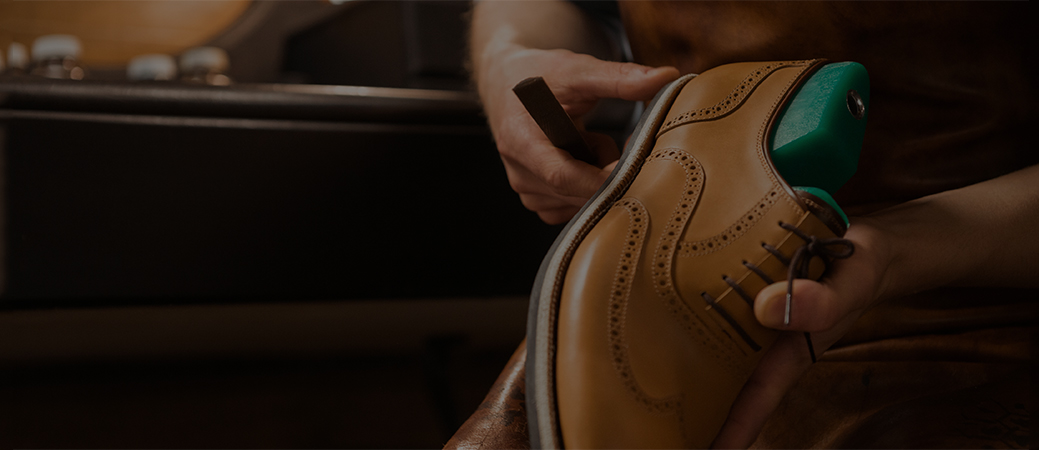Introduction
When it comes to leather handbags, the construction method used is instrumental in determining their quality, durability, and overall appeal. Two popular approaches are fully handcrafted and combination techniques. In this comprehensive article, we will explore these construction methods, highlighting their distinct features, advantages, and potential drawbacks. Whether you seek the authenticity and meticulousness of a fully handcrafted bag or the efficiency and precision of a combination technique, understanding these approaches will empower you to make an informed choice and acquire a leather handbag that meets your style and functional needs.

An image of handcrafted leather bags
Fully Handcrafted Construction
The fully handcrafted construction method involves creating a leather handbag entirely by hand, from cutting and stitching to assembly and finishing. Skilled artisans meticulously work on each detail, resulting in a truly bespoke and artisanal product. Here are the pros and cons associated with fully handcrafted construction:
Pros
The fully handcrafted construction method involves creating a leather handbag entirely by hand, from cutting and stitching to assembly and finishing. Skilled artisans meticulously work on each detail, resulting in a truly bespoke and artisanal product. Here are the pros and cons associated with fully handcrafted construction:
- Unmatched Artistry: Fully handcrafted leather handbags exude an unparalleled level of artistry, showcasing the meticulous craftsmanship of skilled artisans. Each stitch and detail is carefully executed, resulting in a one-of-a-kind masterpiece.
- Attention to Detail: Handcrafted construction allows for meticulous attention to detail, ensuring that every aspect of the handbag is flawlessly executed. This dedication to perfection creates a sense of luxury and refinement.
- Customization: Handcrafted bags often offer a higher degree of customization, allowing customers to personalize their bags by choosing details such as stitching patterns, hardware, and leather finishes.
Cons
- Time-Intensive: Fully handcrafted construction is a labor-intensive process that requires a significant investment of time. As a result, the production time for handcrafted bags may be longer compared to other construction methods.
- Higher Price Point: Due to the amount of skilled labor and time involved, fully handcrafted leather handbags tend to have a higher price point. The exclusivity and craftsmanship justify the investment, but it may not be accessible to all budgets.
Combination Construction Techniques
Combination construction techniques involve a blend of handcrafted and machine-made processes. Skilled artisans employ machinery for tasks like cutting and assembling larger components, while handwork is utilized for finer details and finishing touches. Here are the pros and cons associated with combination construction:
Pros
- Efficient Production: Combination construction techniques offer a more efficient production process, combining the precision and speed of machines with the artistry of handwork. This results in a shorter production time compared to fully handcrafted methods.
- Consistency: The use of machinery ensures greater consistency and uniformity in the construction of leather handbags, particularly for larger components. This consistency contributes to the overall quality and durability of the finished product.
- Cost-Effectiveness: While still maintaining a high level of craftsmanship, combination construction techniques can be more cost-effective compared to fully handcrafted methods. The integration of machinery allows for reduced labor costs, making the bags more accessible to a broader range of consumers.
Cons
- Limited Customization: Combination construction techniques may offer fewer customization options compared to fully handcrafted bags. The involvement of machinery restricts certain design elements, reducing the extent of personalization available.
- Potential Compromise on Handcrafted Aesthetics: While combination techniques aim to blend the efficiency of machinery with the artistry of handwork, some purists argue that the result may lack the distinct beauty and character of fully handcrafted leather handbags.
Conclusion
The construction method chosen for a leather handbag significantly influences its quality, durability, and aesthetic appeal. Whether you prefer the authenticity and intricate craftsmanship of fully handcrafted bags or the efficiency and precision of combination techniques, both approaches offer unique advantages. Fully handcrafted bags showcase the mastery of artisans, with meticulous attention to detail and a bespoke touch that cannot be replicated. On the other hand, combination construction techniques bring together the best of both worlds, combining the efficiency of machinery with the artistry of handwork to create high-quality and cost-effective leather handbags.
Ultimately, the choice between fully handcrafted and combination construction methods depends on your personal preferences, budget, and desired level of customization. If you value the exclusivity, artistic flair, and are willing to invest in a truly unique piece, a fully handcrafted leather handbag is the perfect choice. However, if you seek a balance between craftsmanship and efficiency without compromising on quality, a handbag created using combination construction techniques will meet your needs.
Whichever construction method you choose, it is essential to consider other factors such as the quality of materials, the reputation of the brand or artisan, and the overall design of the handbag. These factors can further enhance the longevity, functionality, and aesthetic appeal of your leather handbag.





